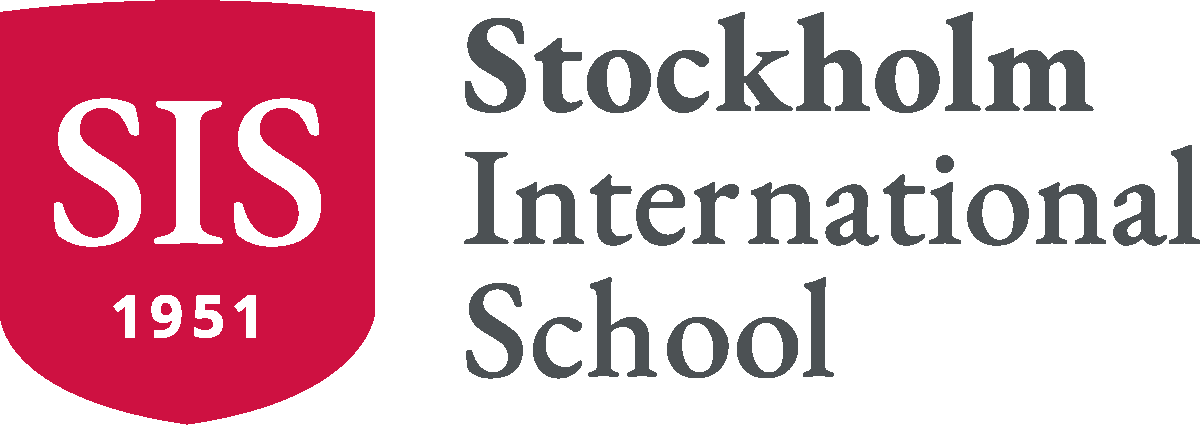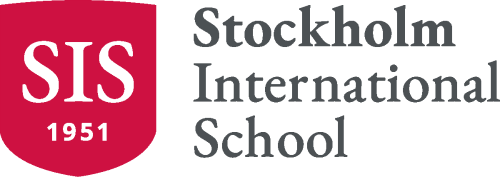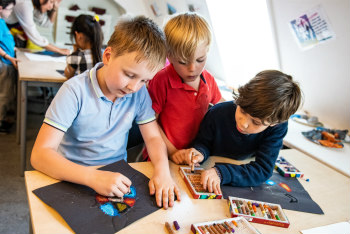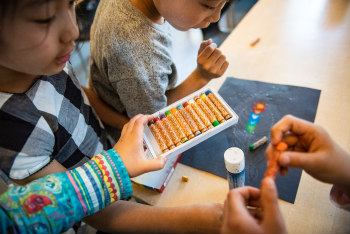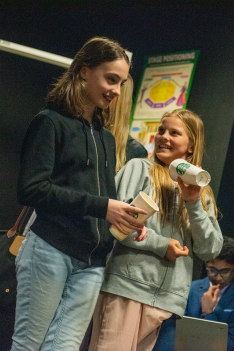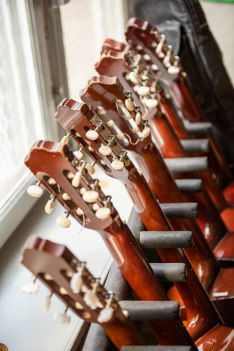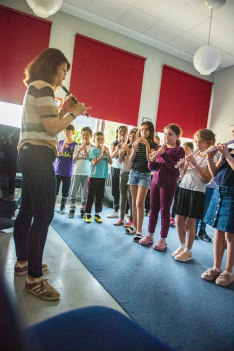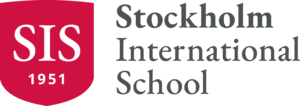The Music programme offers students access to musical experiences that develop thinking skills, intuitive skills, practical abilities, communication and collaboration. But especially the programme allows students to understand the significance of music to the cultures of the world and, by engaging in practical work, to develop understanding of how the act of making music is a significant and universal aspect of human expression.
SIS offers a fantastic range of musical opportunities ranging from choirs to various ensembles and individual instrumental and vocal tuition. The Music department even has its own Saturday morning theatre school, which offers tuition in dance, drama and singing.
After School Music Activities includes singing in various choirs, or playing in Orff Ensemble, String Group ( both Junior and Senior grade levels), Junior Ukulele and Recorder clubs.
Of course there is a PTA choir for parents and staff, of which our current Director is an active member!
Joining in with all any of these groups offers the opportunity to perform in our public events throughout the year, such as Graduation, End of Year, UN Day and our recently founded Spirit Concert celebrations.
Music can be heard all around the school with our Instrumental/Vocal Program which provides individual lessons with a tutor in any number of instruments including strings, piano, drums, guitar, woodwind, brass and voice. This program has top music industry professionals not only from across the globe but from Sweden’s leading orchestras, Royal Household Band and premier concert houses, who come each week to instruct our students. Students on this program can take part in music recitals twice a year to showcase their work.
What might students know and understand in music?
- Traditions and musical heritage from different parts of the world, for example, popular music, the music industry, musical theatre, developments in music technology
- Current and emerging musical practices
- Methods of recording and communicating musical ideas such as various notation systems
What skills might students develop in music?
- Their ability to develop and carry out performances
- Skills, techniques and processes to create their own music, finding ways to capture it in performance, notation, recording or presentation
- An ability to experiment with sound sources, improvisation, practice and rehearsal routines
How might students think creatively in music?
- By experimenting with the artistic processes involved in making music
- By initiating, exploring and developing projects that are rewarding and challenging
- By creating their own music or improvising sections added to published musical scores
How might students respond to, or through, music?
- By developing their own musical style inspired by a particular genre or artist
- Through participating in “listen and respond” activities
- By creating music that demonstrates their exposure to various musical cultures
